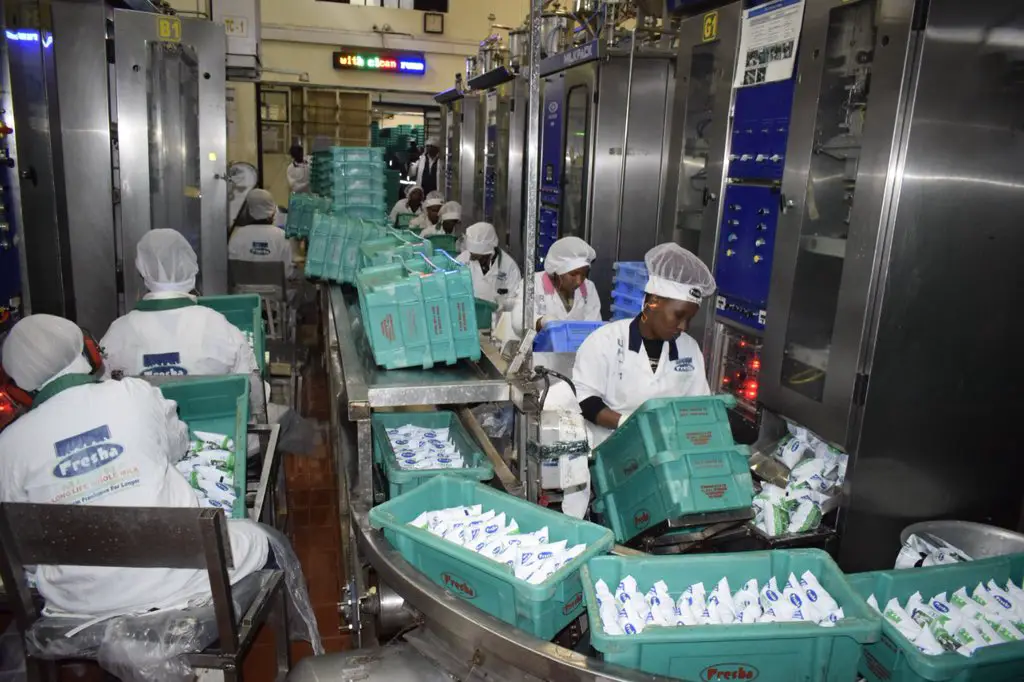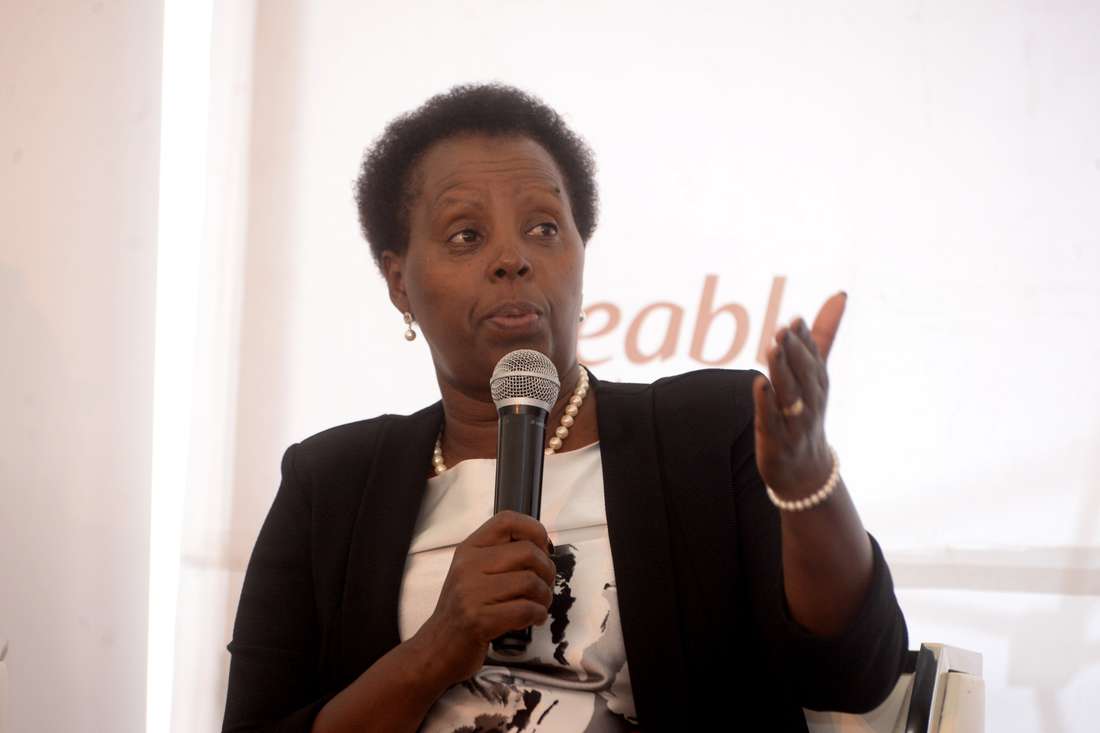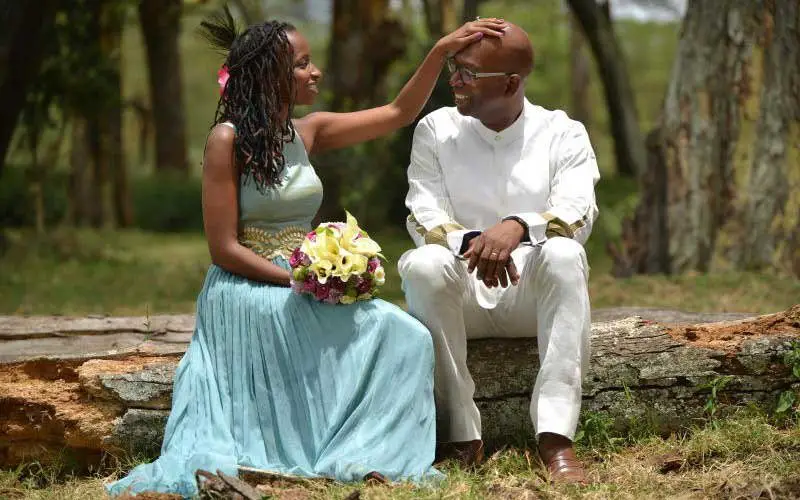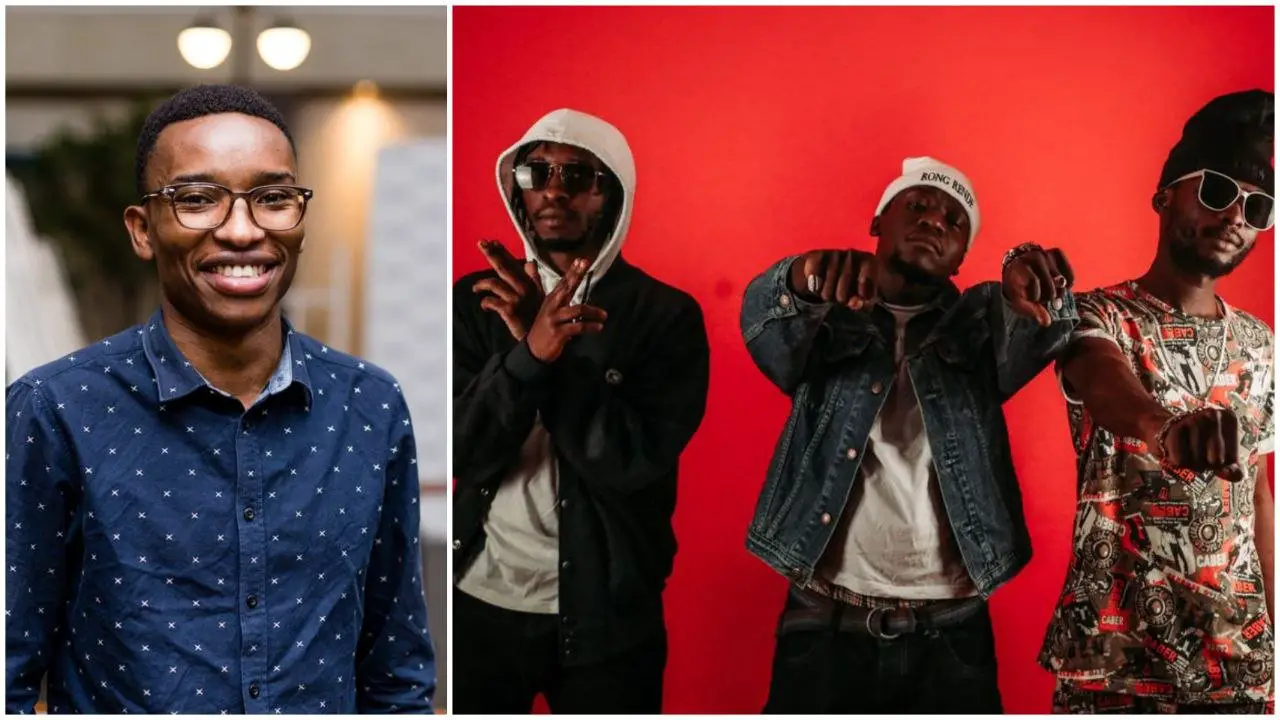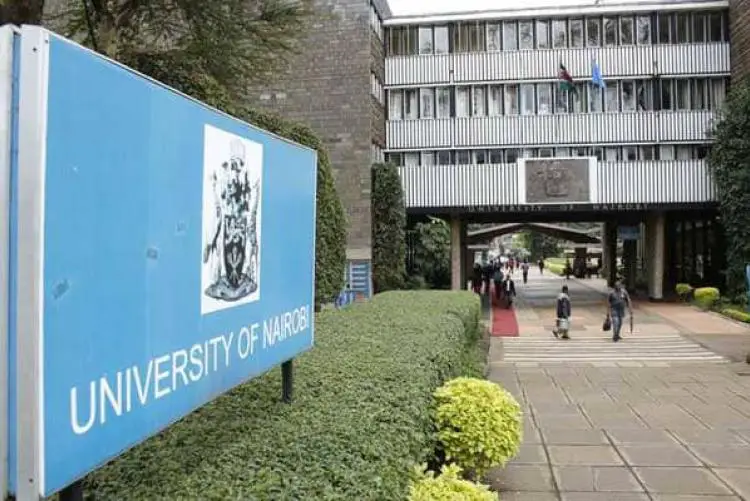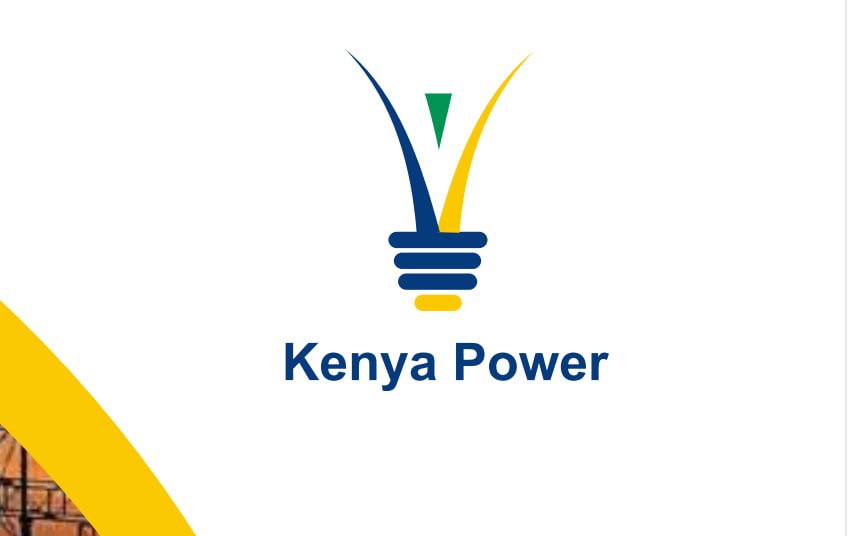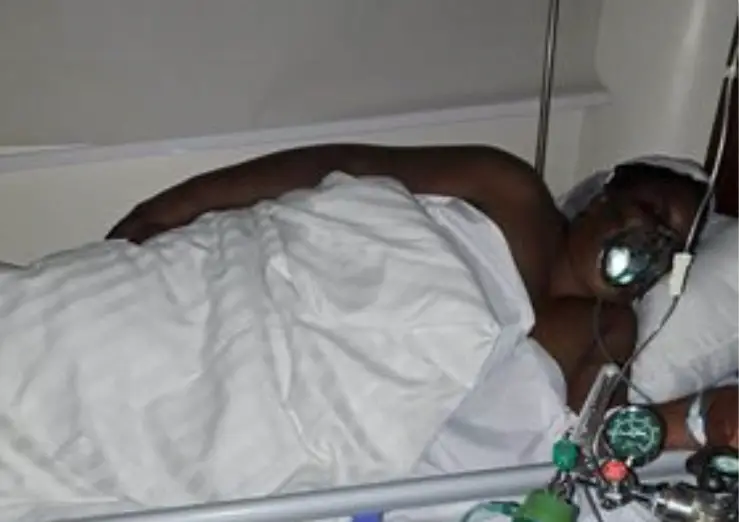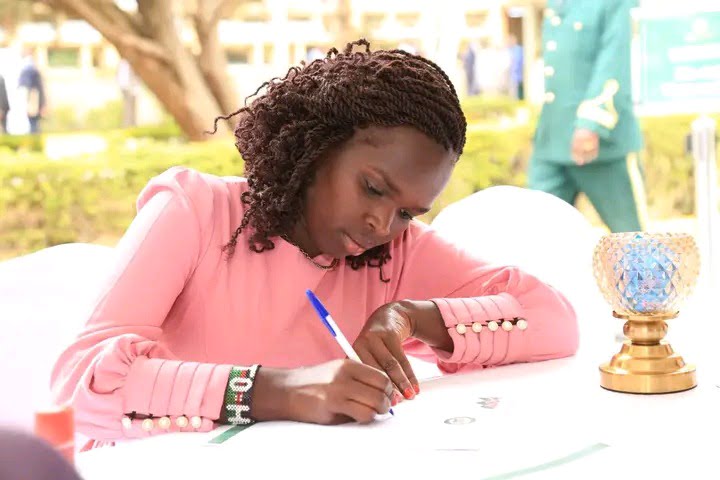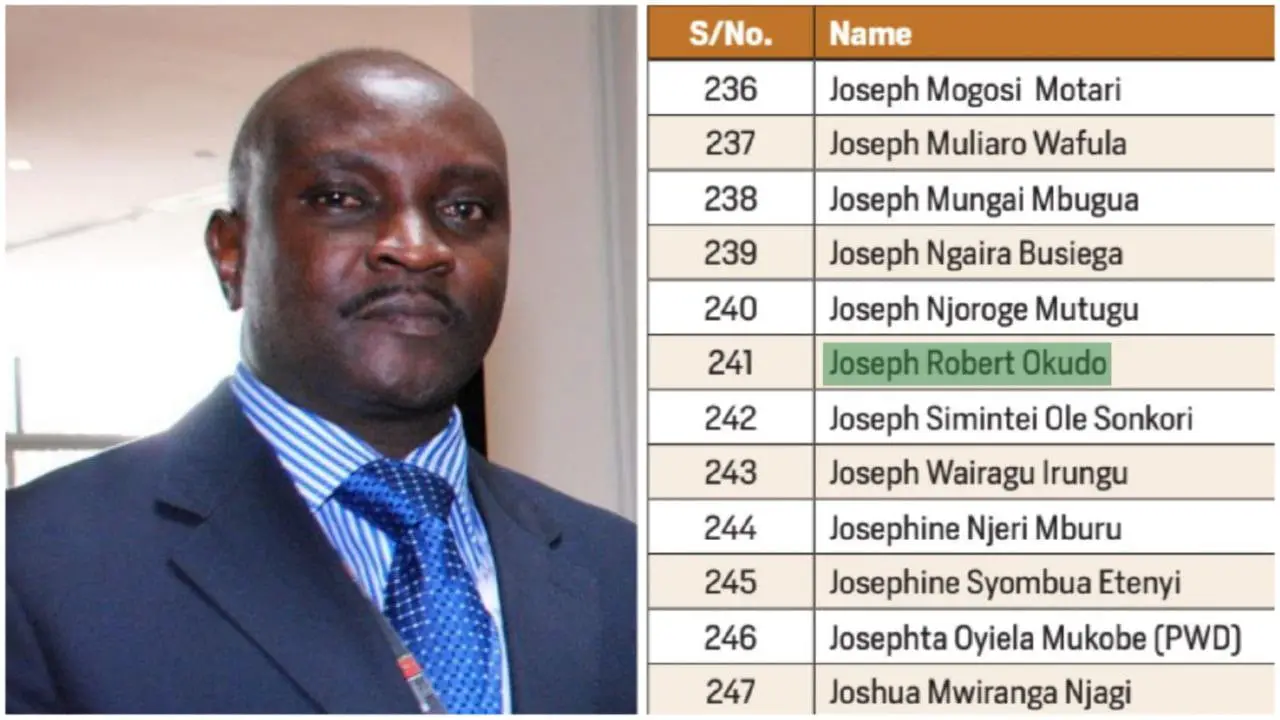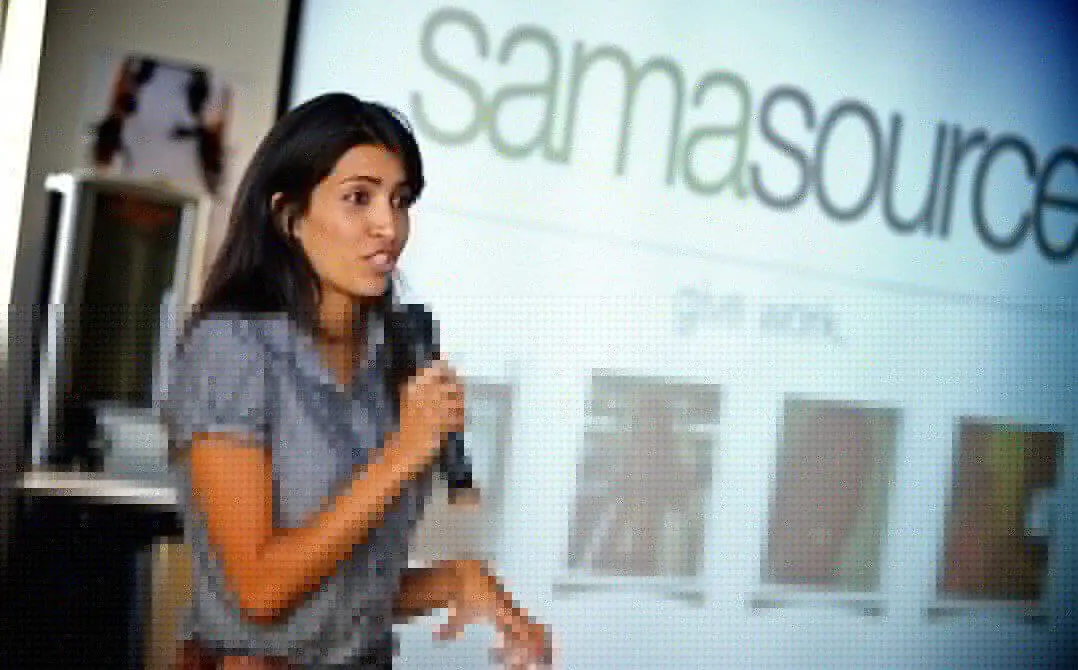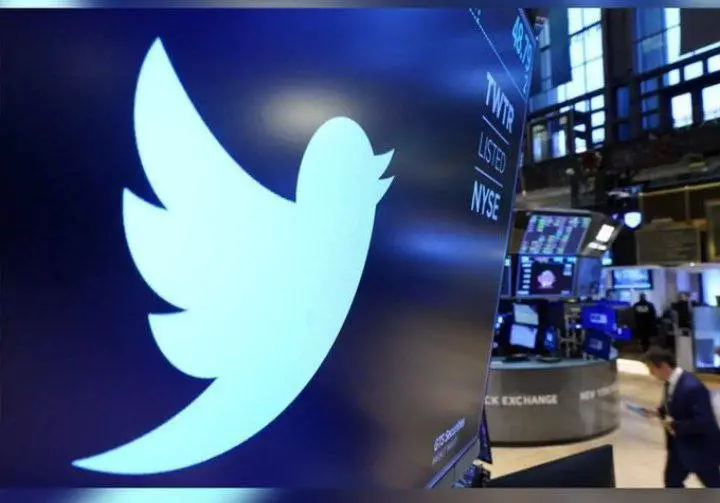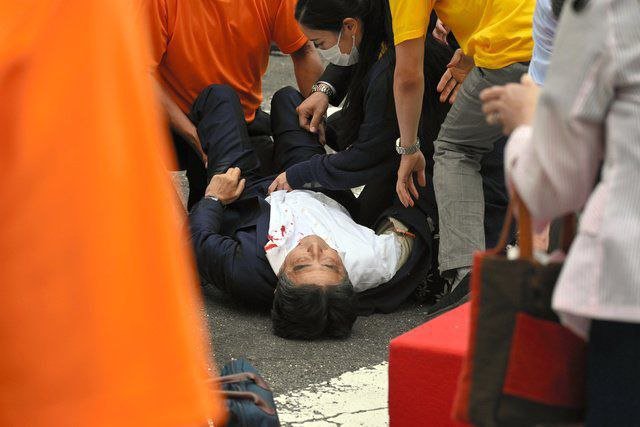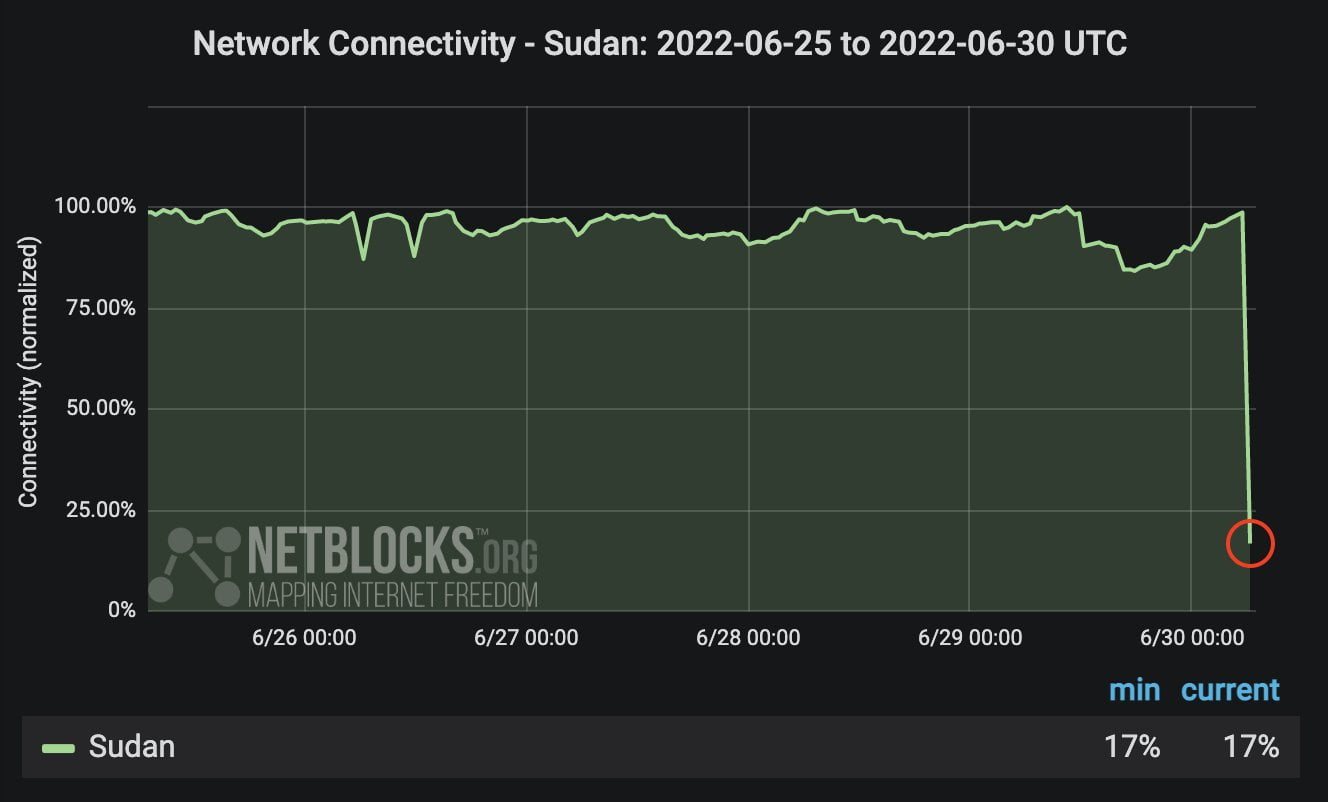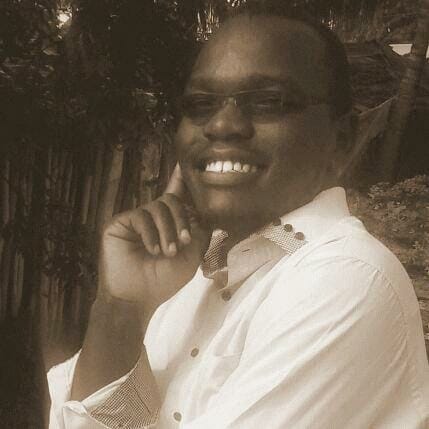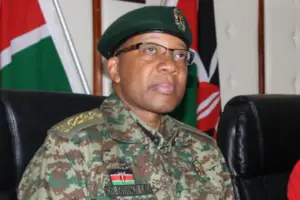[ad_1]
Some schools and universities in Hong Kong remain closed on Tuesday over safety fears as protesters called for a day of traffic disruptions.
Many of the territory’s train lines are suspended or delayed as police search passengers and long queues form at stations.
Riot police entered several universities early on Tuesday, firing tear gas in one to disperse students.
On Monday, Hong Kong saw a marked escalation of violence.
Get breaking news on your Mobile as-it-happens. SMS ‘NEWS’ to 20153
One activist was shot with a live bullet by police while another man was set on fire by anti-government protesters. Both are in critical condition in hospital.

Dozens of local and international schools across Hong Kong said they would be closed on Tuesday with some telling parents on text message it was due to safety concerns given the ongoing protests.
The city’s English Schools Foundation said that “due to our concern for the safety of our students and staff, all ESF classes are suspended today. Students should not travel to school”.
A local primary school said it would close because of “the serious conflict in the school’s district” and warned the school might be impacted by teargas.
Speaking on Tuesday morning, the city Chief Executive Carrie Lam said despite the unrest, there would be no blanket suspension of all schools.
Police fired tear gas at City University early on Tuesday and a standoff between students and riot police continued throughout the morning.
Students at Hong Kong Polytechnic also tried to disrupt traffic near their campus.
In the morning, suspended railway services and road closures had already led to long traffic jams in the early rush hour.
Most of the city’s workforce depends on public transport for their daily commute.
What happened on Monday?
Protesters had called for a day of city-wide disruption. Early in the day a protester was shot at close range by a police office near a roadblock set up by activists.
Elsewhere a man was doused with flammable liquid and set on fire by anti-government protesters after arguing with them.
There were clashes across Hong Kong and police fired tear gas and rubber bullets at protesters.
At the Chinese University, police fired rubber bullets in response to protesters throwing bricks while at Hong Kong Polytechnic, police fired tear gas at a demonstration.
Several universities had already suspended classes on Monday due to the unrest.
More than 260 people were arrested on Monday, according to police, bringing the number of arrests to more than 3,000 since the protests began in June.
Ms Lam, speaking at a news conference in the evening, called the demonstrators enemies of the people.
The US meanwhile have expressed “grave concern” over the situation in Hong Kong, condemning “violence on all sides” and calling for restraint.
Why are there protests in Hong Kong?
Hong Kong is part of China but as a former British colony it has some autonomy and people have more rights.
The protests started in June against plans to allow extradition to the mainland – which many feared would undermine the city’s freedoms.
The bill was withdrawn in September but demonstrations continued and now call for full democracy and an inquiry into police behaviour.
Clashes between police and activists have become increasingly violent and in October the city banned all face masks.
[ad_2]


